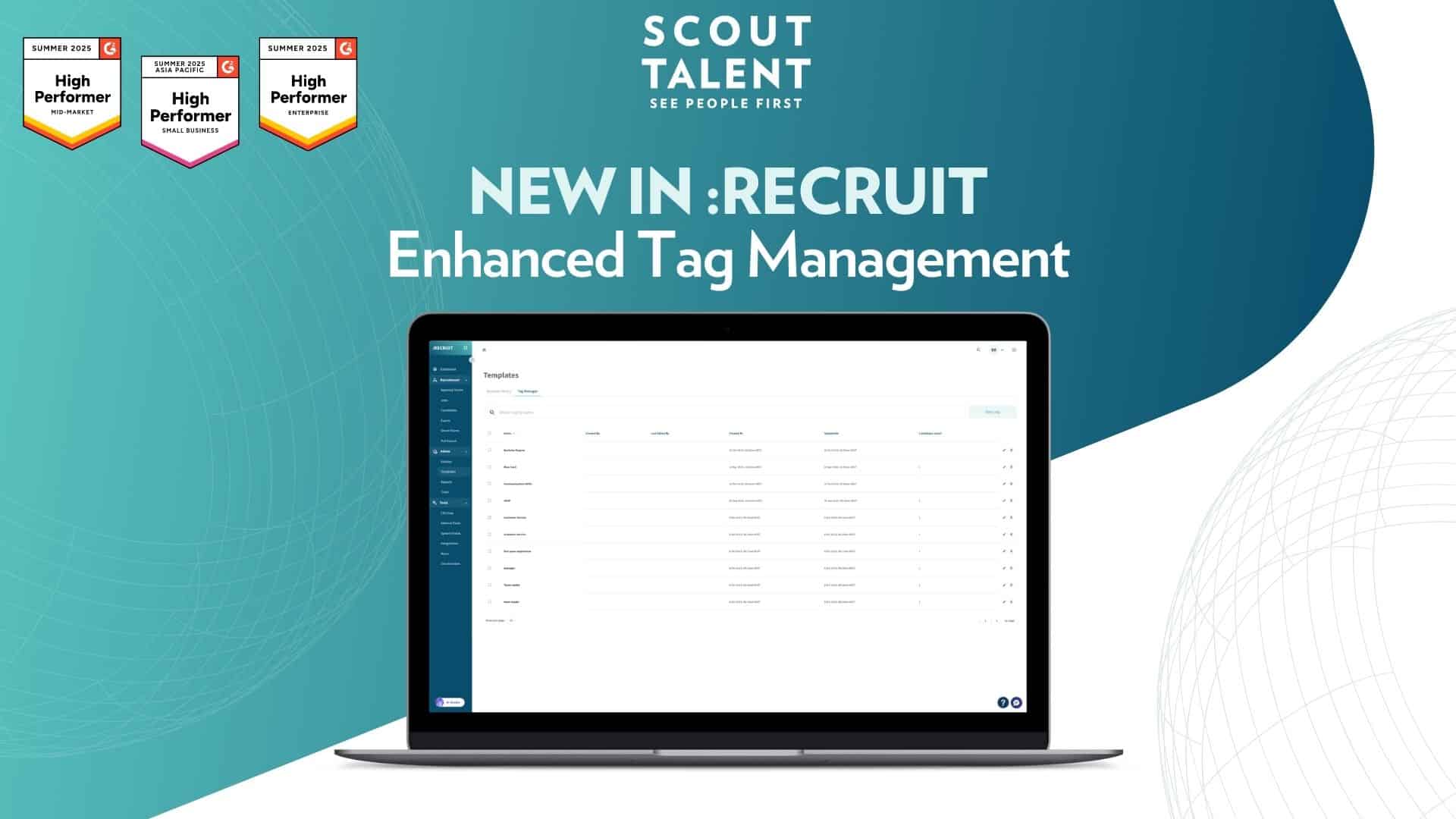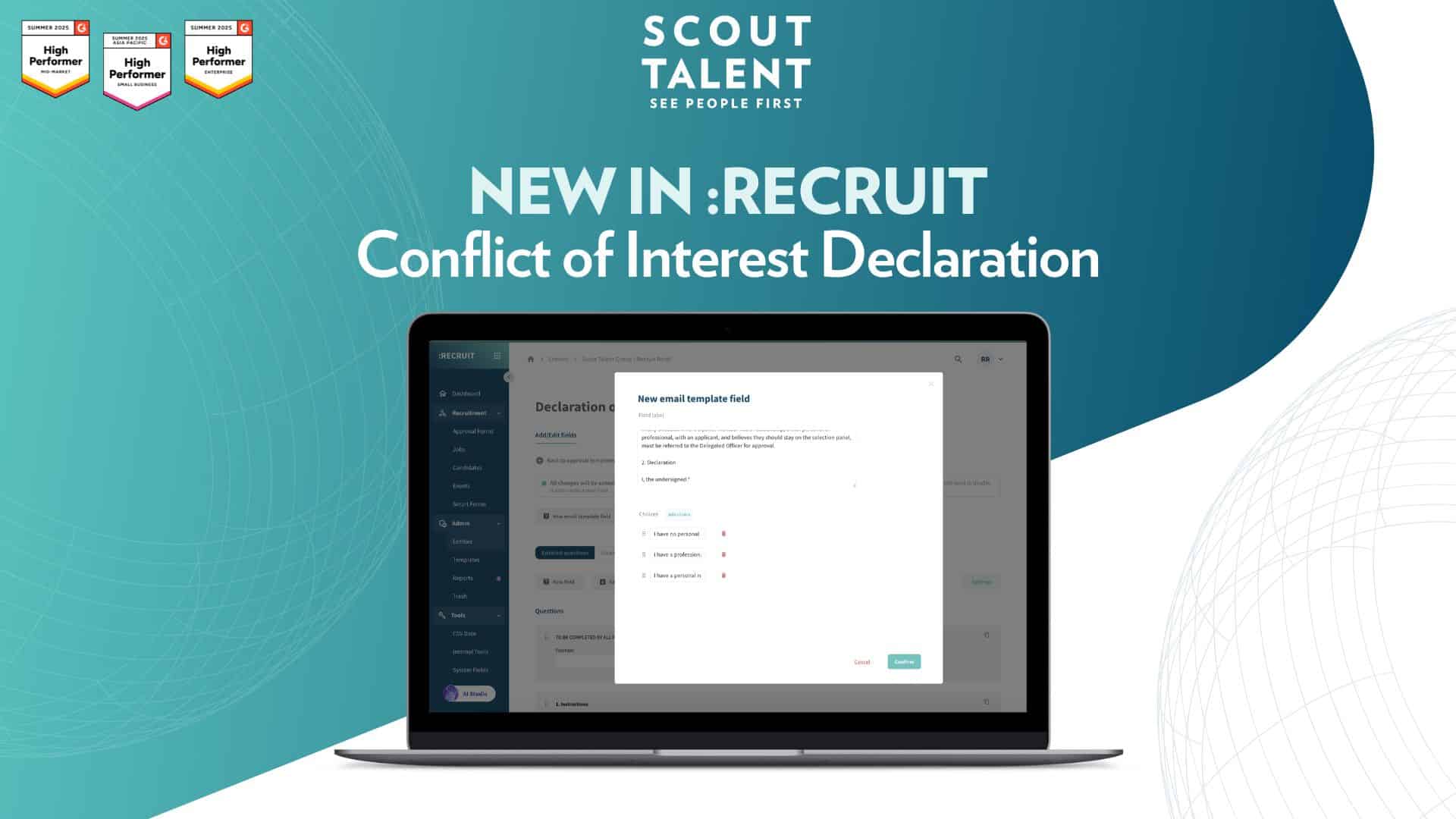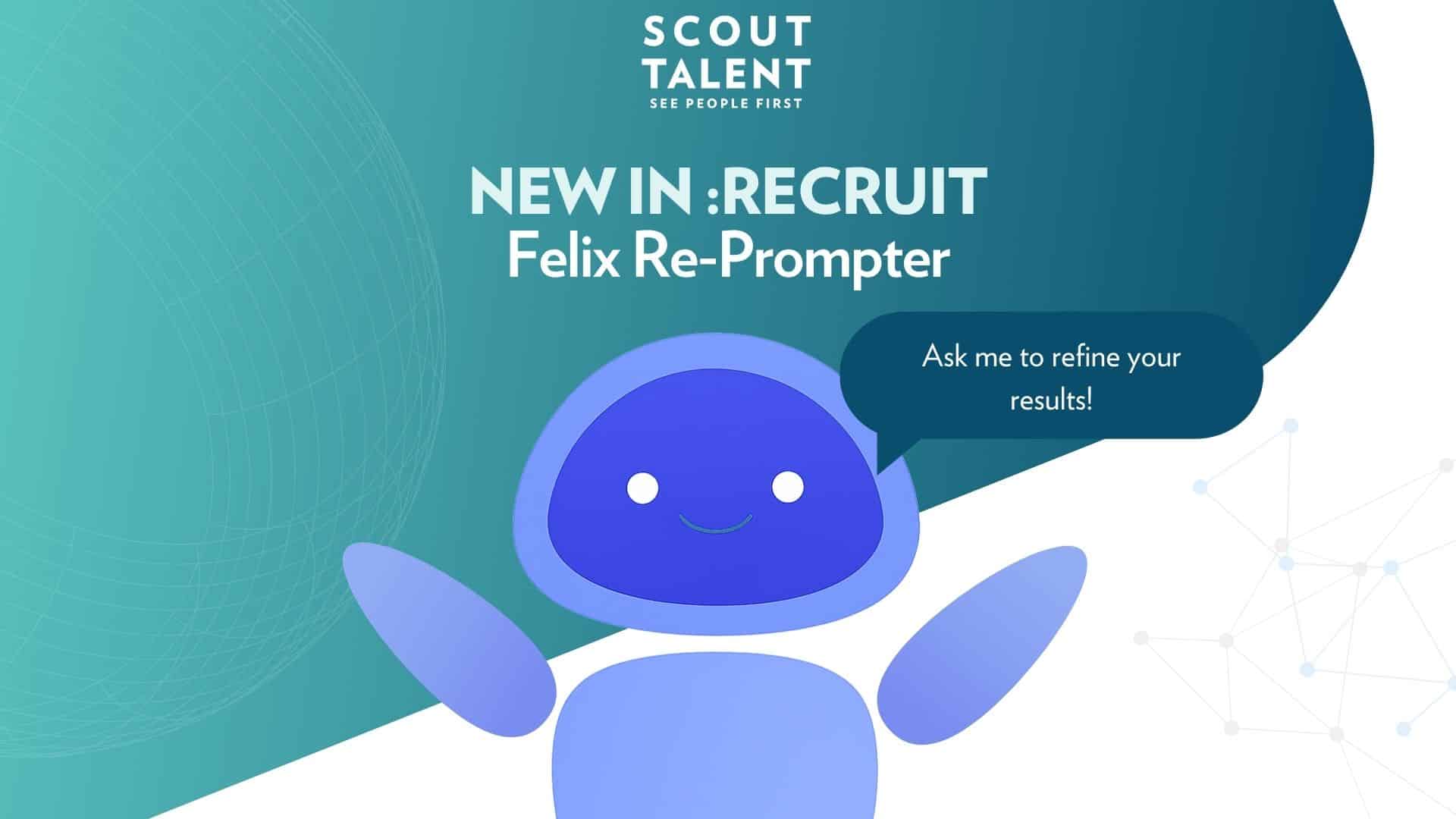This post is written by our Senior Recruitment Marketing Specialist, Shane Keane. It is based on our webinar on the same topic and you can find that here.
Every month here at Scout Talent our recruitment specialists offer free webinars on a range of recruitment topics for our clients. I was lucky enough to be the speaker at our most recent webinar and the topic was “Everything you need to know about executive recruitment.” If you missed it you can catch the recording of the webinar here or alternatively, listen to or read this bite-sized run through of everything worth knowing about executive-level recruitment.
Executive-level recruitment is different
Something really interesting that came out of the webinar itself was that we asked all in attendance, who were mostly CEO’s and Talent Leaders, whether they thought executive-level interviews should be significantly different from other interviews or not. Over 80% of respondents said yes, and in fairness, it was a little bit of an unfair question to pose to them because I cruelly only gave them the choice of yes or no as an answer. But I think this is a really great starting point, executive-level recruitment is different from other forms and levels of recruitment for sure.
However, whether it is significantly different or not is very much debatable. As my colleagues and I have worked on executive-level recruitment campaigns we have come to realise that while there are certainly nuances to the overall process at this level of seniority, it still all comes down to your fundamental and foundational recruitment functions. This is your candidate attraction strategies, your interviewing, your shortlisting & selection, your background checks, and your onboarding process. As long as you’ve mastered these cornerstones of recruitment, there are only a couple of places that you need to tweak or elevate yourself in order to really excel when it comes to recruitment at an executive level.
Establishing your recruitment team and criteria
Before we begin going to market to find our new senior leader it is fundamental that you gather all of the relevant stakeholders together and get your ducks in a row. What I mean by this is that everyone who is going to be a decision-maker or part of an interview panel or in some way part of the recruitment process needs to come together and develop an aligned vision of the sort of person that you’re all looking for.
You need to know what quantifies a good candidate, and what you want that candidate to do within your organisation. Senior executives aren’t going to come to an organisation just to fill the void of an exiting predecessor so you need to know what your mission for them is. Do you want them to transform your organisation, make a new revenue stream more profitable, get your business into a position to be sold? Whatever the mission is, you need to be clear on it from the get-go to ensure that you attract the right sort of executive talent for your organisation. Also, while you have all of your stakeholders gathered it might be worth establishing the availability of your interviewing panel to interview. If it’s going to be an interview carried out by a board who only meets on a quarterly basis that could be a logistical challenge to overcome.
Though candidates at this point in their career are used to a longer recruitment process they are also very aware of their value. You don’t want to keep them waiting for an interview only for them to join your competitor.
Candidate attraction
Once you’ve got an aligned vision of the person you’re looking for it’s time to deploy your candidate attraction strategies. You’re going to want a mix of active and passive approaches for a role like this, active candidates being those that are looking at job boards and passive candidates being those that you proactively approach yourself.
Even though you may end up with a lot of people applying for your role that doesn’t mean any of those people are the sort of person with the competency and motivation that is needed to drive your organisation forward. You need to cast the net as wide as you can in order to attract that ideal candidate.
At this point in your process, it is worth noting that a lie or inauthentic initial message, be that your job description or the sales pitch you approach a passive candidate with, will be spotted by executive candidates and it will cost you those same candidates. What I mean by inauthentic are things like describing yourself as a place that everyone loves to work but your Glassdoor rating is low or describing yourself as an industry leader but everyone within your industry knows that that isn’t true. It’s not hopeless however, you can use these statements to your advantage. If you’re looking to hire a new Director of People and Culture then owning your low Glassdoor rating and stating that you want to be a place that everyone loves to come to work is a powerful message and gives the senior leader that you’re courting a mission, one which if they achieve can become a powerful story within their own career.
Interviews
Moving on to interviewing executive-level candidates the basics are still key. Don’t be intimidated or feel the basics are unnecessary, you should still start with a resume walkthrough and confirm any confusing timelines or areas of concern. You should still cover those housekeeping questions around the compensation package and whether it’s going to work for the candidate or not, if they’re relocating it’s worth finding out if they’ve researched the location that they are planning on moving to and what they think of it.
Once that’s covered your focus when interviewing Executive Level Candidates is then understanding their motivations; why do they want to make a move? What interests them about your organisation? What do they hope to gain from working in this position or with your organisation? These questions around motivation are important because movements at the executive level are big changes for the candidate and for the company so it’s really important to make sure that it’s the right fit for both the candidate and the company.
In terms of an interview structure, you may find that executive-level interviews become more conversational. That’s not something to resist and it is pretty natural as your candidates are likely going to be interviewing you just as much as you’re interviewing them. At this level your candidates are not just seeking to impress, many are seeking to be impressed themselves. They’ve accomplished a lot in their career and they want their next move to be the right move in pushing them forward. Let the conversation flow naturally and let the questioning go both ways.
Background and reference checks
Bringing things back to recruitment basics again it is incredibly important to carry out robust background checks, behavioural checks, and reference checks for your preferred candidates. This isn’t beneath executive recruitment, it’s hugely important that you know as much as you can about a person who is going to have a massive impact on your organisation before you hire them. Behavioural checks and reference checks won’t rule anyone out of your recruitment process but they will give you a more rounded image of who your candidates are and ideally they’ll help one of your candidates shine a little bit brighter than their competitors.
Onboarding
Once you’ve made your decision and chosen your new hire it is worth considering onboarding, although if we’re being honest you should have considered onboarding long before this point. Up to 20% of employee turnover happens within the first 45 days and senior leaders will have no qualms about leaving an organisation early if it’s not what was promised to them.
A good onboarding process can help mitigate this and after all the time and resources you’ve put into securing your new hire you don’t want to lose them now. Onboarding entails a lot less hand-holding at this level but there are still effective ways to make it work for senior leadership.
- You need excellent communication during your onboarding period. Your new hire should be very clear on what is expected of them at 30, 60, and 90 days after joining.
- Establishing workshops with department heads can be a useful way to get your new hire up to speed. These can include industry overviews, operations overviews, or an overview of your current programs. Whatever is most critical for your new hire to know.
- On the admin side of things move your employee contracts and any other forms you need to be online and digital. Signing digitally is a better candidate experience then trying to print, scan, and email a document. It will get your new hire up and running quickly.
Executive recruitment can seem daunting, largely because of the stakeholders that are involved in it. However, the hardest part is often getting started and getting all of your stakeholders aligned.
Once you have that completed and you’ve clearly established your goal just hold true to the basics of recruitment and you’ll find the candidates that you’re looking for.
If you found this episode helpful and would like to learn more about executive recruitment, please feel free to reach out to us via email at info@scouttalent.com.au or by phone on 1300 366 573.
If you enjoyed this content and would like to receive our monthly recruitment news emails, simply fill out the form below.



